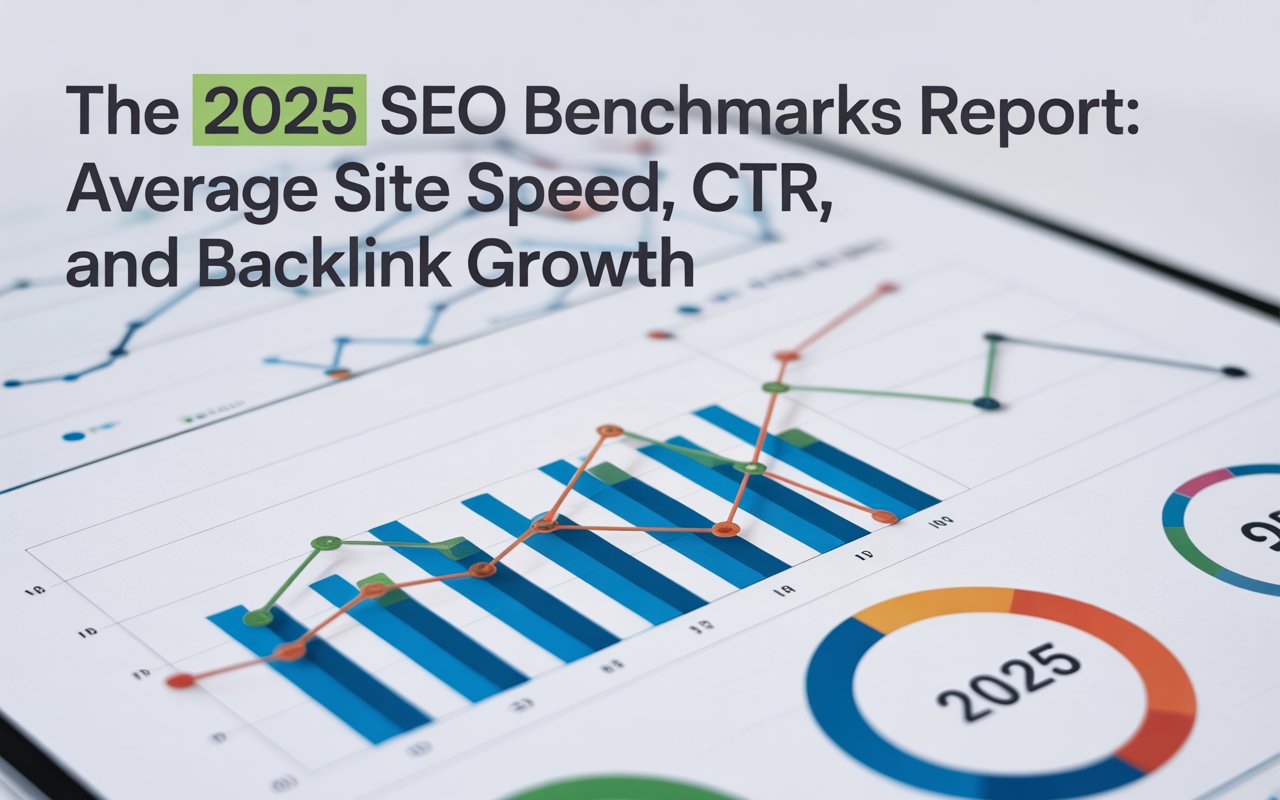
SEO professionals might need to add a client or a team member to their Google Search Console at certain times. Reasons for such addition may vary from tracking website performance, checking keyword rankings, spotting technical glitches to updating a sitemap.
In our guide, we will learn how to add a new user to Google Search Console and further comprehend the ins and outs of each user type to manage your website's SEO more efficiently.
Understanding Different Permission Levels
To add new users and share your Google Search Console account effectively, it's crucial that you first understand the different permission levels. Essentially, there are three primary levels of user access: Owner, Full User and Restricted User.
Each role (Owner, Full User, Restricted User) offers a different level of access and control over your Google Search Console data.
Once you have decided who you want to add, the next decision would be what kind of permissions should be granted to the user. The permission level you assign to a user determines what they can see and the actions they can take in your Google Search Console account.

1. Owner Permissions
The highest level of permission available in Google Search Console is the 'Owner'. As you might have guessed, ownership comes with great responsibility, and the same applies here.
Owners have complete control over a property in Google Search Console. They can view all sorts of data and carry out a plethora of actions, even ones that slightly alter how your website interacts with Google. This great power warrants a deeper understanding of your website’s performance and a clear idea of the SEO strategy.
Moreover, owners have the power to add or remove other users and modify their permission levels. This means they can grant or revoke access to other team members according to the project's requirement.
A user becomes an 'Owner' of a property in two ways. Either they add the property to Google Search Console themselves, becoming a 'verified owner', or they are granted ownership by another verified owner, making them a 'delegated owner'.
Verified Owners
Verified owners, as the name suggests, have gone through the process of verification to demonstrate their command over the property.
When you, as a site owner, add your property to the Google Search Console, you become the verified owner of that specific property. Verification requires you to prove your control over the website by following one of the methods suggested by Google.
Being a verified owner gives you access to all features in Search Console, including user management. You can view all data and take all permissible actions, both safe and crucial, regarding the website’s interaction with Google.
Delegated Owners
While verified ownership provides full control, sometimes you may need to delegate this power, thus giving birth to ‘delegated owners’.
Delegated owners are appointed by verified owners and enjoy all the privileges of an owner, excluding the ability to add or remove other owners.
2. Full Permissions
Full users might not have as many permissions as the 'Owner', but it is crucial to the Google Search Console nonetheless.
A 'Full User' can view all data, utilize most of the functions and perform significant actions that could influence data sets or your website’s behavior with Google. However, they lack the ability to add or remove users or change their permission levels.
They can view all data including, but not limited to, performance, URL inspection, and coverage reports and perform most actions like submitting sitemaps, inspect and test URLs, and review and mark as fixed the security or manual actions.
'Full User' access is perfect for team members who need to dive deep into the website’s SEO performance, perform actions, and contribute to the strategic decisions based on data insights.
Providing someone with 'Full User' access signifies that you deeply believe in their SEO skills and trust them to act in your website’s best interest.
3. Restricted Permissions
Although ‘Restricted User’ is the role with the least permissions, it's far from being insignificant.
Restricted users can view most data across Google Search Console, but their actions are limited. They cannot perform tasks that change data or affect the way your website interacts with Google.
They can view all data reports but cannot perform crucial actions like submitting sitemaps or reviewing security issues.
This level of access is perfect for a broader team which may include content creators, web designers, business development team members, or any individuals who need an understanding of your website’s performance without extensively interacting with the data.
The 'Restricted User' role is crucial for synergy among different teams, ultimately enhancing overall SEO performance.
4 Steps to Add a User to Google Search Console
Here is our step-by-step procedure on how to add a user to Google Search Console:
01. Open the Settings Menu

Your first step in adding a new user to Google Search Console is to open up the ‘Settings’ menu. When you're logged in and have selected the property to share, find the Settings button.
Look on the left sidebar of your Google Search Console dashboard. You will observe a vertical menu with several options. Scroll down and click on the Settings button.
02. Access the Users and Permissions Settings

Next, we need to find the 'Users and Permissions' settings. This is where we will be adding our new user.
Once you have the 'Settings' panel open, you should see an option labeled 'Users and Permissions'.
A simple click on the Users and Permissions button will open a new page displaying a list of all the users currently having access to your selected property, along with their respective permission levels.
03. Add a New User

Now that you're in the 'Users and Permissions' area, you can start the actual process of adding a new user.
Look towards the right corner of the screen to find the 'Add User' option. Click the Add User button and it will lead to a new pop-up window where you'll provide the new user's details.
In this menu, you can also change an already existing user’s permission level. Click on the three dots menu next to the user. It will expand to show two options: 'Manage Users' and 'Remove Access' so you can modify the user’s access.
04. Provide User Details

The final step is to provide the details of the user you want to add.
You'll be asked for the email address of the user. Remember, this needs to be their Google account email.
After entering a valid Google Account email, you'll also be asked to select the permission level for the user. Choose from Owner, Full or Restricted based on the level of control or access you want the user to have.

After entering the details, click Add. A notification will be sent to the user, letting them know they've been added and what level of access they have.
Congratulations! You've just added a new user to your Google Search Console.
Conclusion
With each new person you add to your Google Search Console account, you're creating a more effective and cohesive team. And with each level of access you decide to give, you're playing a significant role in protecting and managing your website's SEO data.
To add a new user to Google Search Console, simply open the Settings menu. Click Users and Permissions and then on Add User. Enter the user's email and select their permission level. Afterwards, you can review the changes you’ve made by going back to the Users and Permissions page to check if the new user is listed with the correct permissions.

In conclusion, Google Search Console permission levels define the control each user can exercise on the Google Search Console property. With power comes responsibility, and with well-defined user roles, you can ensure the right balance between data visibility and security!
💡You might also want to read:
- How to Fix 'Crawled-Currently Not Indexed' Issue in Google Search Console





